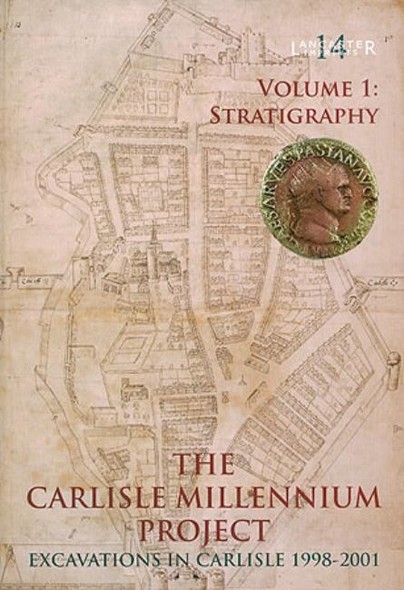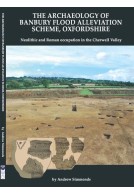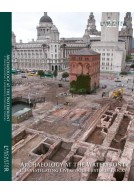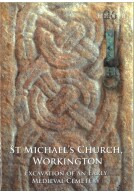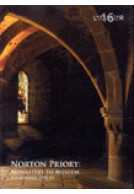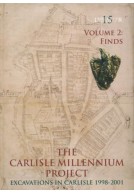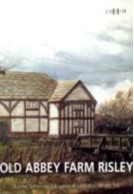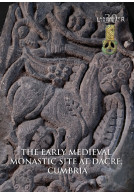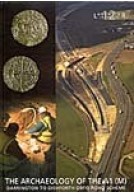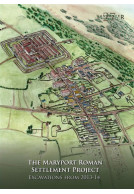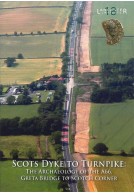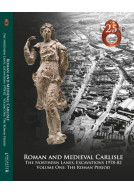Google Books previews are unavailable because you have chosen to turn off third party cookies for enhanced content. Visit our cookies page to review your cookie settings.
Carlisle Millennium Project - Excavations in Carlisle 1998-2001 Volume 1 (Hardback)
Imprint: Oxford Archaeology North
Series: Lancaster Imprints
Pages: 542
Illustrations: illus throughout
ISBN: 9780904220568
Published: 31st December 2009
Script Academic & Professional
Series: Lancaster Imprints
Pages: 542
Illustrations: illus throughout
ISBN: 9780904220568
Published: 31st December 2009
Script Academic & Professional
You'll be £9.95 closer to your next £10.00 credit when you purchase Carlisle Millennium Project - Excavations in Carlisle 1998-2001 Volume 1. What's this?
+£4.99 UK Delivery or free UK delivery if order is over £40
(click here for international delivery rates)
Need a currency converter? Check XE.com for live rates
(click here for international delivery rates)
Need a currency converter? Check XE.com for live rates
From 1997 to 2001, works associated with Carlisle City Council's Gateway City (Millennium) Project on castle Way and Castle Gardens provided an important opportunity to conduct a programme of archaeological excavations on the site of the Roman fort at Carlisle, and to examine the development of part of the medieval castle, which occupies most of the fort site. Five main areas were investigated prior to the construction of the Castle Way (Irish Gate) footbridge and the Millennium Gallery and underpass, in what was the largest archaeological excavation undertaken in Carlisle since the early 1800s. The results of the work will greatly enhance understanding of the development of the fort during the Roman period, and of Carlisle's role in the origins and development of the Tyne-Solway frontier system. Important evidence for occupation within the medieval castle's outer ward was also recovered, and the large ditch separating the castle from the city was investigated. Waterlogging of the lower levels resulted in exceptional preservation of organic materials, which rarely survive on archaeological sites in Britain. These included the remains of numerous wooden buildings and other structures within two superimposed timber forts of the late first- to mid-second century AD, a multiplicity of wooden and leather artefacts of Roman and medieval date, and a wealth of environmental information. This monograph presents the detailed stratigraphic narrative, describing site development from the pre-Roman to post-medieval periods. The site is placed in its wider context, and a discussion is presented of the importance of the data for advancing understanding of the history and development of Carlisle, and of the wider region. A second volume discusses the artefactual and ecofactual data, and provides an overview of the significance of the material. Much of the detailed project data have been compiled into a thrid, digital, volume; this takes the form of a DVD accompanying the second book.
Customers who bought this title also bought...
Other titles in the series...
Other titles in Oxford Archaeology North...







